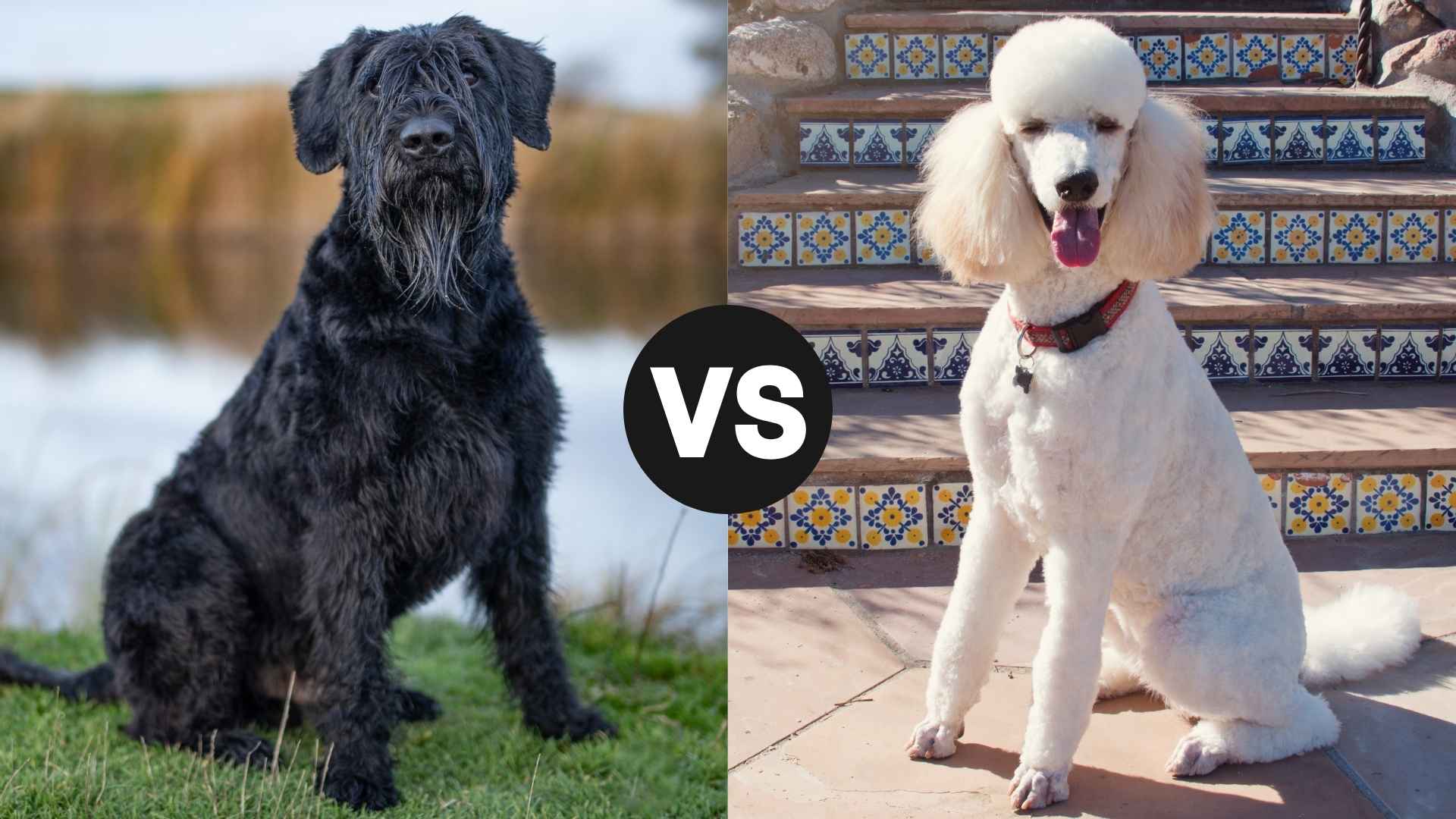When it comes to combining intelligence, loyalty, and presence, both the Giant Schnauzer and the Standard Poodle stand tall—literally and figuratively. The Giant Schnauzer, a larger and more powerful version of the Standard Schnauzer, is known for its bold, muscular build and a commanding presence that’s hard to ignore. Bred as a working dog, he’s both fiercely loyal and highly intelligent, making him a devoted companion and a vigilant protector.
On the other hand, the Standard Poodle, often mislabeled as just a pretty face, surprises many with his athleticism, keen mind, and remarkable versatility. Beneath his elegant, hypoallergenic curls lies an eager-to-please attitude and an impressive ability to learn and adapt.
Both breeds offer a unique mix of strength, smarts, and style—but which one is better suited for your lifestyle? Let’s dive into the key differences between these two extraordinary breeds to help you decide.
Giant Schnauzer vs. Standard Poodle
The Giant Schnauzer and Standard Poodle are both highly intelligent, working breeds with distinct backgrounds and builds. The Giant Schnauzer, the largest of the Schnauzer trio (Standard and Miniature Schnauzer), stands up to 28.5 inches tall and can weigh as much as 85 pounds.
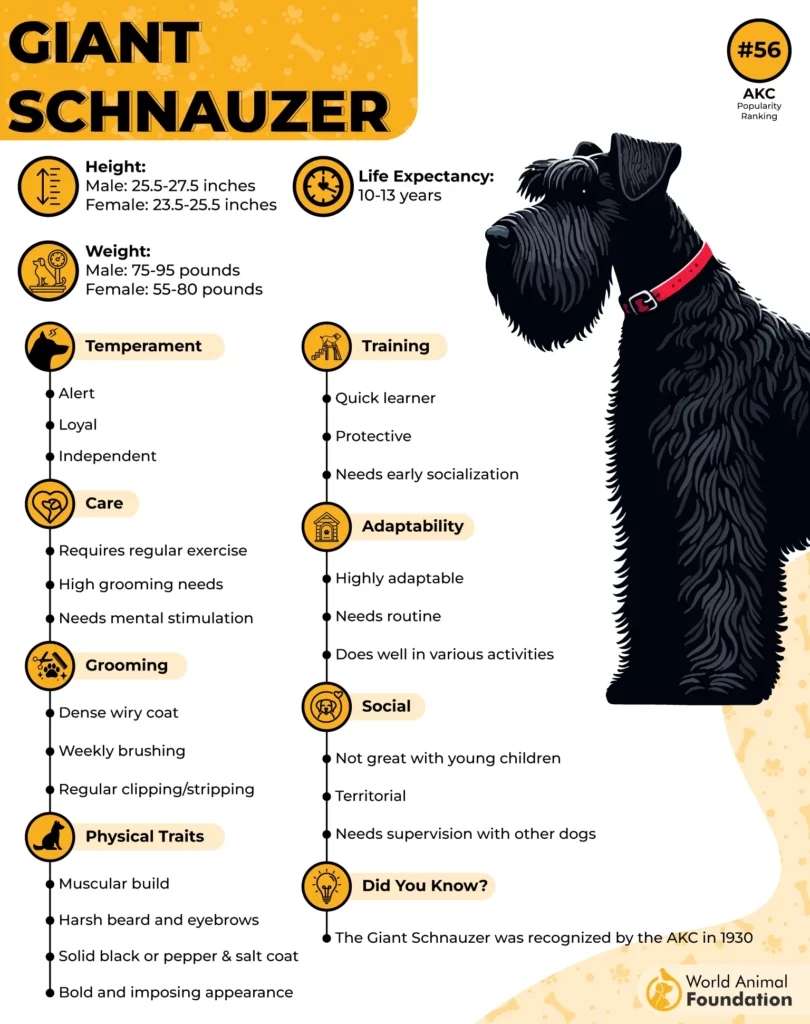
Originally bred in Germany by crossing Standard Schnauzers with Great Danes, Giants were developed to guard farms and livestock. Today, they often serve in police and military roles due to their loyalty, strength, and sharp minds. With its commanding presence, the Giant Schnauzer is both a noble protector and a devoted companion.
In contrast, the Standard Poodle is a refined yet athletic breed, originally developed in Germany as a water retriever for duck hunting. Standing 18–24 inches tall and weighing 40–70 pounds, the Poodle boasts a curly, low-shedding, hypoallergenic coat in a wide array of colours.
Despite its often glamorous appearance, the breed’s traditional trim served a functional purpose for swimming. Agile, eager to learn, and impressively versatile, the Standard Poodle excels in obedience, agility, and companionship, making it a well-rounded choice for active households.
Breed History and Origins
The Giant Schnauzer traces its roots to mid-1800s Germany, specifically the regions of Bavaria and Wurttemberg. Bred from the Standard Schnauzer, this larger, more rugged version—aptly named Riesenschnauzer or “the giant”—was developed to herd cattle over long distances. Their wiry, weather-resistant coats were ideal for harsh winters and dangerous herding tasks, even protecting them from bites by vermin.
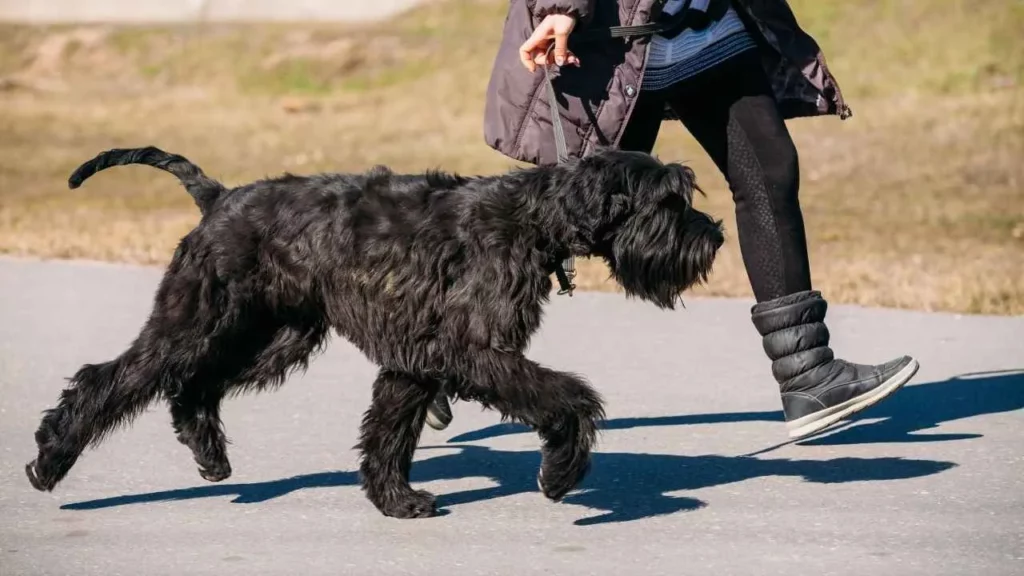
As railroads replaced cattle drives, Giant Schnauzers found new purpose as guard dogs, gaining popularity across Europe in roles ranging from farm protectors to police K-9 units. Though still prized for their working ability, these dogs have grown in popularity as family companions, with AKC registrations rising significantly since the 1960s.
The Standard Poodle also originated in Germany, where it was bred as a water retriever for duck hunters. Its name stems from the German word “pudel,” meaning “to splash in the water.” With ancestors among Europe’s early water dogs, the Poodle’s iconic trim was designed for function, not fashion, streamlining movement in the water while protecting vital joints from the cold.
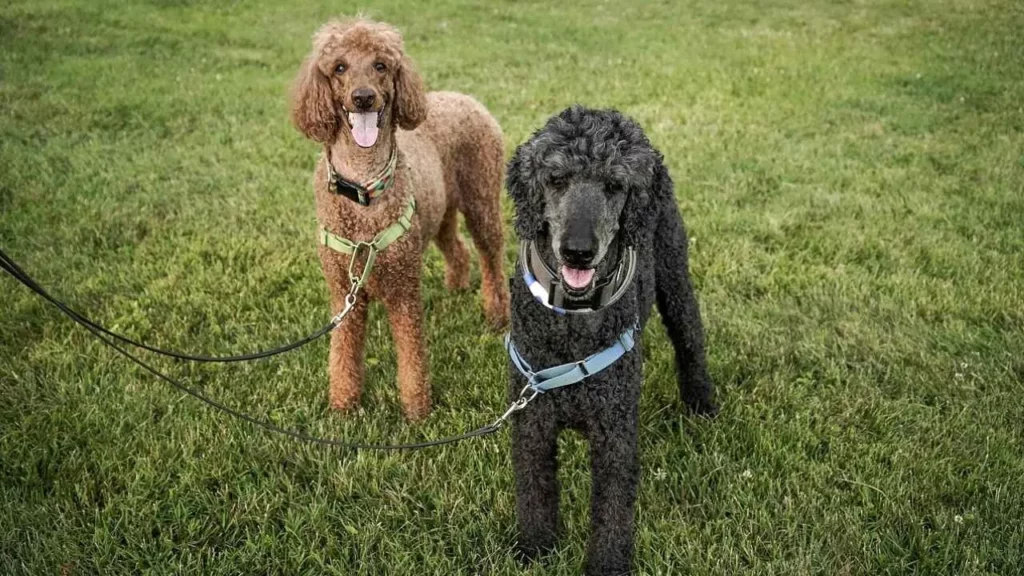
Though closely associated with France, where it is known as the Caniche (“duck dog”), the breed’s German heritage is undeniable. Over time, the breed diversified into Miniature Poodle and Toy Poodle varieties, but all Poodles maintain the same breed standard and impressive legacy of athleticism, intelligence, and versatility.
Distinctive Physical Characteristics
The Giant Schnauzer is a powerful, squarely built dog with a bold and commanding presence. Males can reach up to 27.5 inches at the shoulder and weigh as much as 95 pounds. While they closely resemble the Standard Schnauzer in structure, their larger size gives them a more imposing stature. Distinct features include a rectangular head, strong muzzle, and high-set, V-shaped ears.
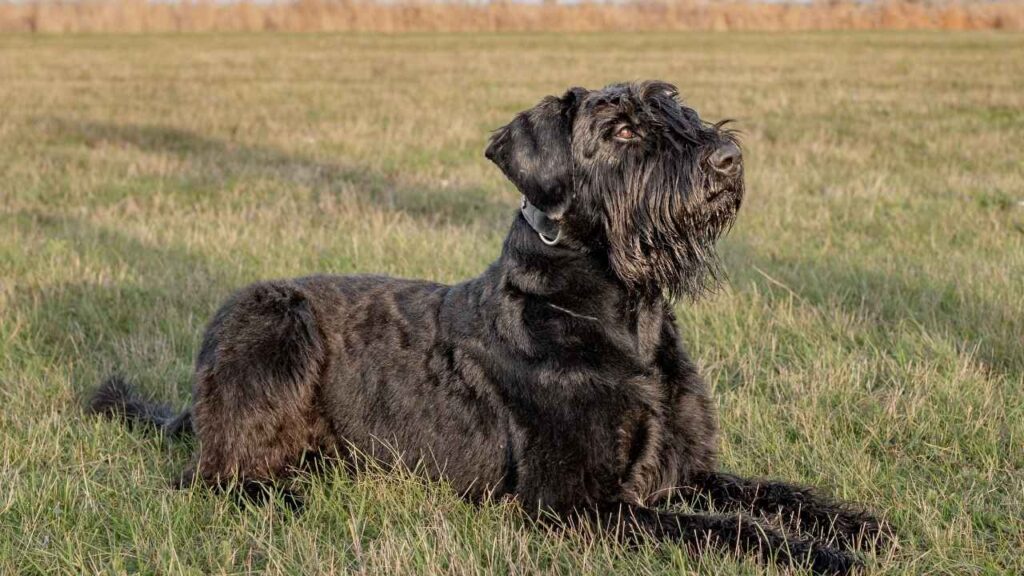
As noted by WebMD, their double coat, consisting of a soft, dense undercoat and a harsh, wiry outer coat, provides excellent protection in tough weather. Typical coat colors include solid black and salt-and-pepper, with characteristic bushy eyebrows and a pronounced beard, which adds to their expressive, alert appearance but also requires regular cleaning after meals.
The Standard Poodle is known for its square proportions, athletic build. Thanks to its low-shedding, dense, curly coat, the poodle is a hypoallergenic dog, ideal for allergy sufferers. Standing over 15 inches tall, the Standard is the largest of the Poodle varieties. The coat is woolly with a dense top layer that can be clipped in various styles, from the functional Sporting clip to the elaborate Continental clip used in shows.
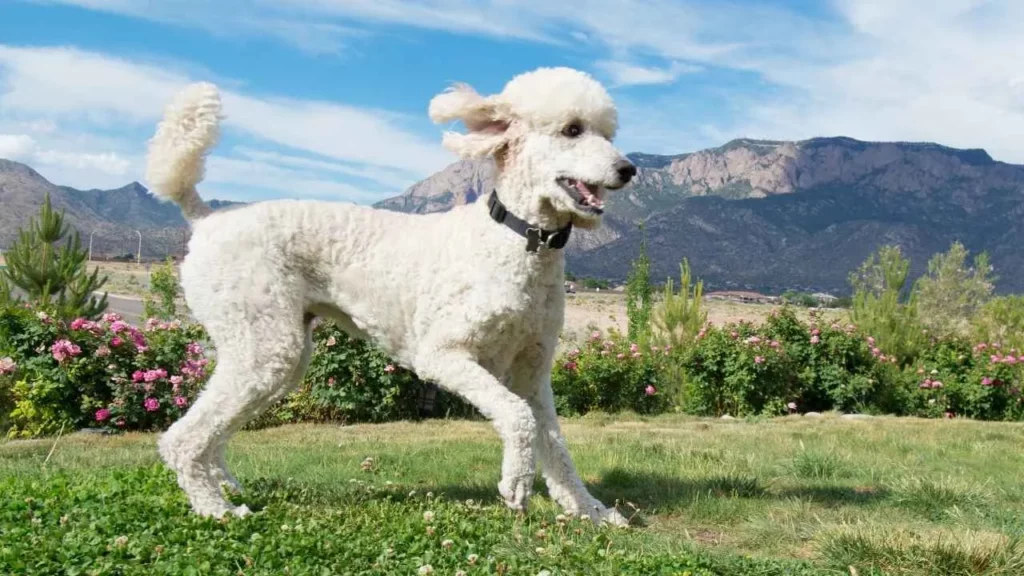
Though often associated with fashion, these trims originally served a practical purpose: enhancing the dog’s swimming efficiency while protecting vital joints and organs. Coat colors range widely, including black, white, apricot, brown, and gray, but always in solid hues. With their elegant silhouette and intelligent expression, Poodles combine refinement with impressive physical capability.
Fun Fact: Poodles Have Hair, Not Fur
Unlike fur, which grows to a set length and then sheds, hair continues to grow and doesn’t fall out seasonally. AKC states Poodles have hair that behaves more like human hair, which means it requires regular grooming. Interestingly, hormonal changes, such as those after pregnancy, can cause female Poodles to experience temporary hair thinning or loss.
Temperament and Personality
The Giant Schnauzer is a fiercely loyal, protective, and intelligent breed with a natural instinct to guard its home and loved ones. Known for their commanding presence and territorial nature, they don’t typically greet strangers with a wagging tail but can be trained to distinguish between friend and threat with early, consistent socialization.
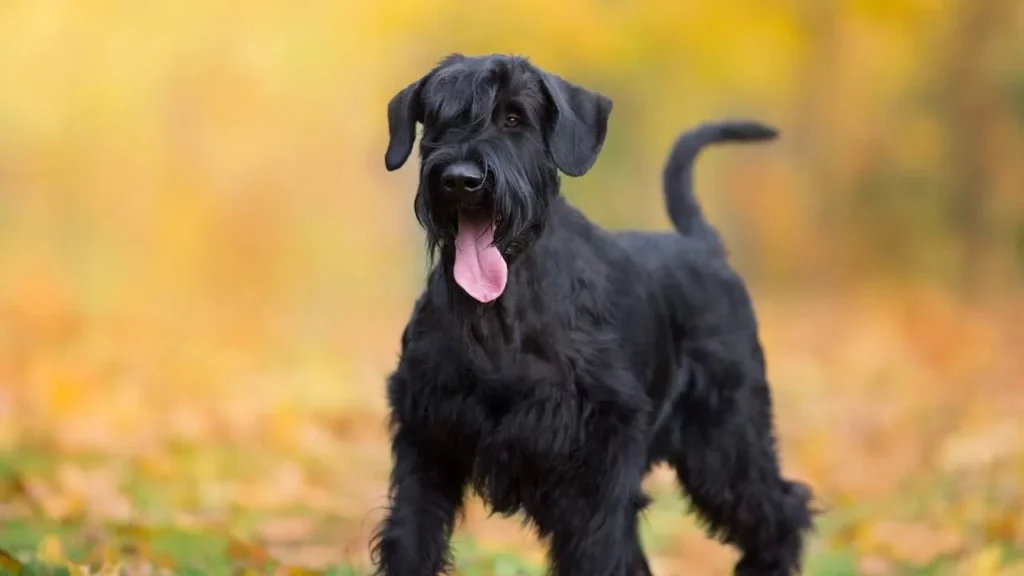
Giant Schnauzers thrive with a job and form strong bonds with their families, showing a playful, affectionate side when relaxed. They’re not ideal for homes with small children due to their intensity and strength. They need ample exercise and mental stimulation, making them best suited for active owners with space to roam. If you have pets like cats, their high prey drive means supervision is necessary.
The Standard Poodle is friendly, intelligent, and highly adaptable, known for its eagerness to please and sociable nature. Exceptionally smart and easy to train, Poodles thrive on mental stimulation and daily exercise, which helps prevent boredom and unwanted behaviours.
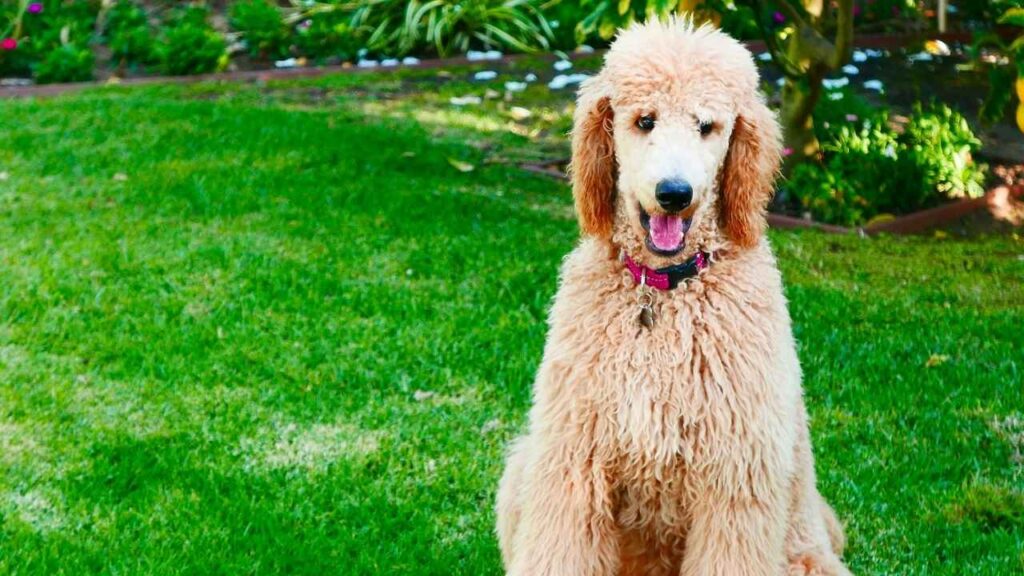
They bond deeply with their families and enjoy both cuddles and playtime, and are thus prone to separation anxiety. While typically non-aggressive and affectionate, they can display a streak of independence and stubbornness, especially during adolescence. Well-socialized Poodles are outgoing with others and make attentive, loyal companions.
Training and Intelligence
The Giant Schnauzer is a highly intelligent and deeply loyal breed that thrives on having a purpose. These dogs are not suited for passive ownership—they need consistent mental and physical stimulation to remain well-behaved and balanced.
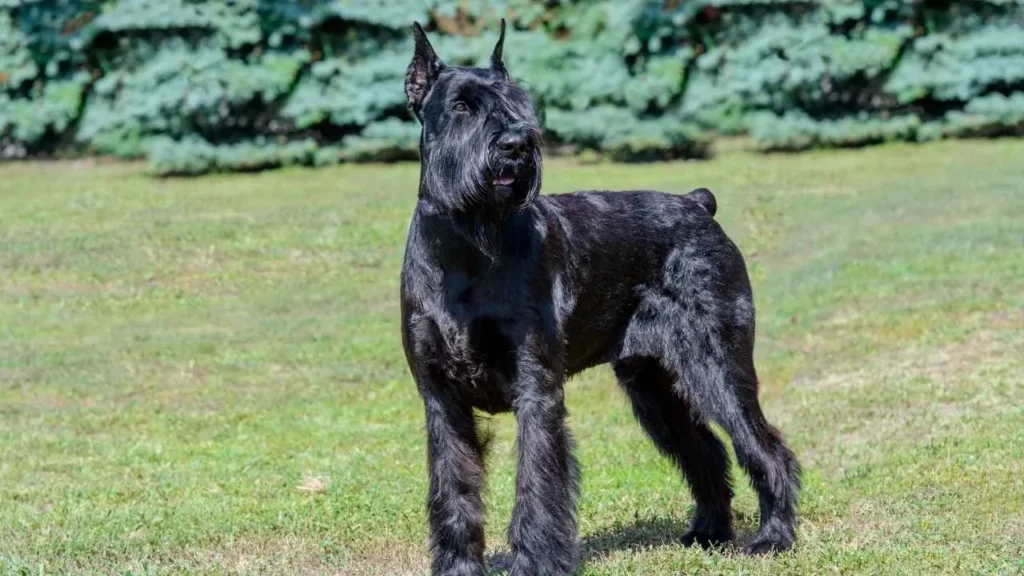
Quick to learn and naturally protective, Giants excel in obedience, agility, herding, carting, and other dog sports. Their sharp instincts and work ethic also make them ideal for roles in law enforcement, search and rescue, and as service dogs. Early socialization and structured training are essential to help them channel their protective nature appropriately, states AKC.
Poodles, too, are exceptionally intelligent and eager to learn, ranking among the smartest dog breeds. Their trainability, combined with their graceful movement and athleticism, makes them standout performers in obedience, agility, tracking, and water-based activities like dock diving and retriever tests.
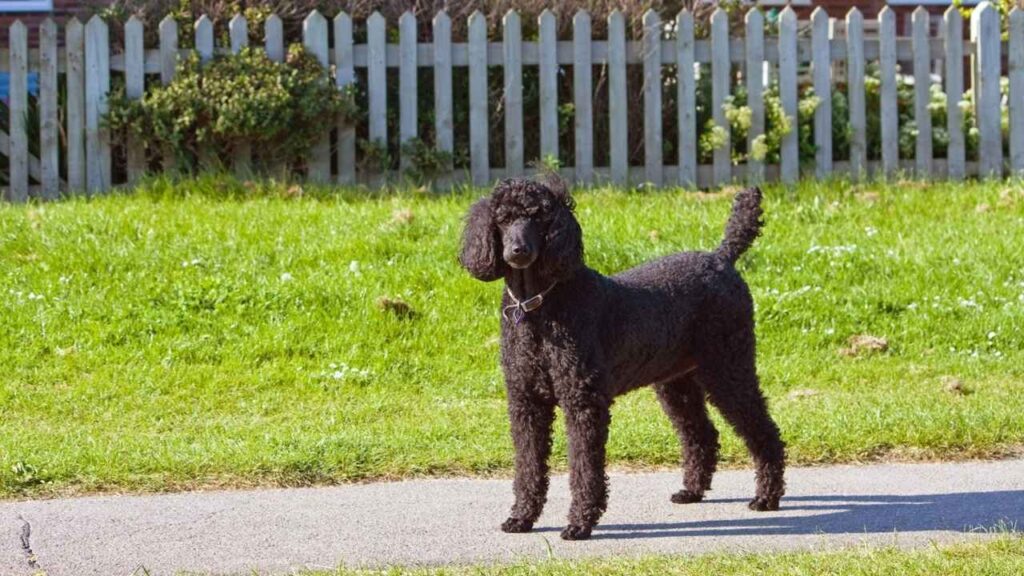
Their desire to please, when met with positive reinforcement, leads to fast and enthusiastic learning. This adaptability has led Poodles to thrive as service dogs, therapy dogs, and even truffle hunters, thanks to their keen noses and focus.
Health and Wellness
Giant Schnauzers are generally robust dogs but can be prone to several serious health issues. Common orthopaedic issues include hip and elbow dysplasia, both of which can impair mobility and lead to chronic discomfort. Growing Giants may also experience panosteitis, a painful inflammation of the long bones that typically resolves with time.
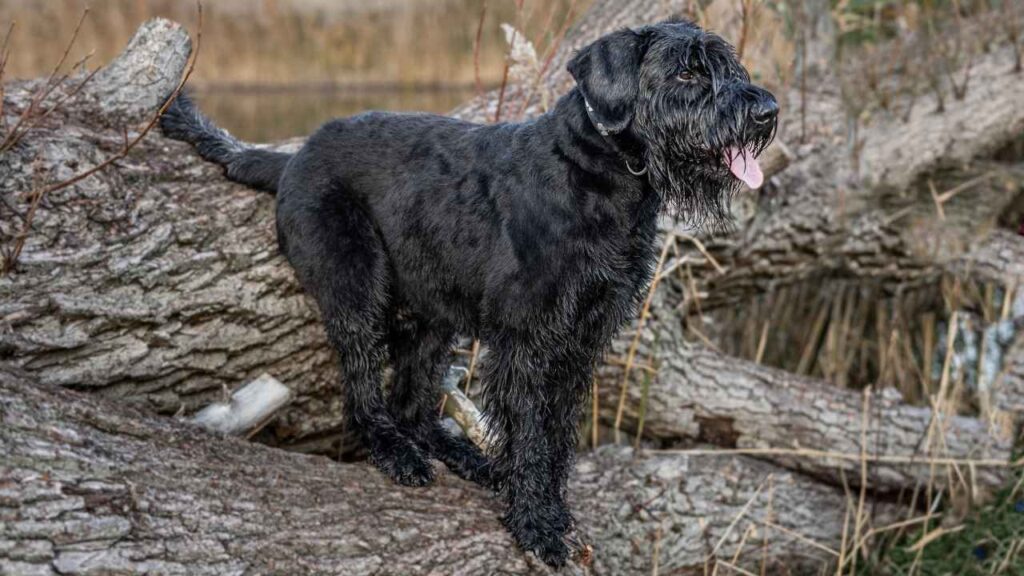
Due to their deep-chested structure, they’re at high risk for bloat (GDV), a life-threatening emergency requiring immediate veterinary intervention. Eye disorders like progressive retinal atrophy (PRA) and glaucoma are also concerns, as are autoimmune issues such as thyroiditis. Routine screenings and early intervention are essential for long-term wellness.
Standard Poodles are relatively healthy but have their own set of potential concerns. Like Giants, they can suffer from hip dysplasia and are also vulnerable to bloat, which can be prevented with a gastropexy procedure during sterilization surgery. Poodles are more prone to certain genetic conditions, such as idiopathic epilepsy and von Willebrand’s disease, a clotting disorder, states PetMD.

Their unique coat makes them susceptible to skin conditions, including sebaceous adenitis and allergic dermatitis. Gastrointestinal sensitivities are another consideration, especially when exposed to inappropriate foods. Regular veterinary checkups and proactive care can help maintain their overall well-being.
Grooming and Maintenance Needs
Giant Schnauzers require consistent grooming to maintain their dense, wiry double coat. Brushing two to three times a week is essential to prevent matting and remove debris, while hand-stripping or clipping every few months keeps the coat healthy and manageable.
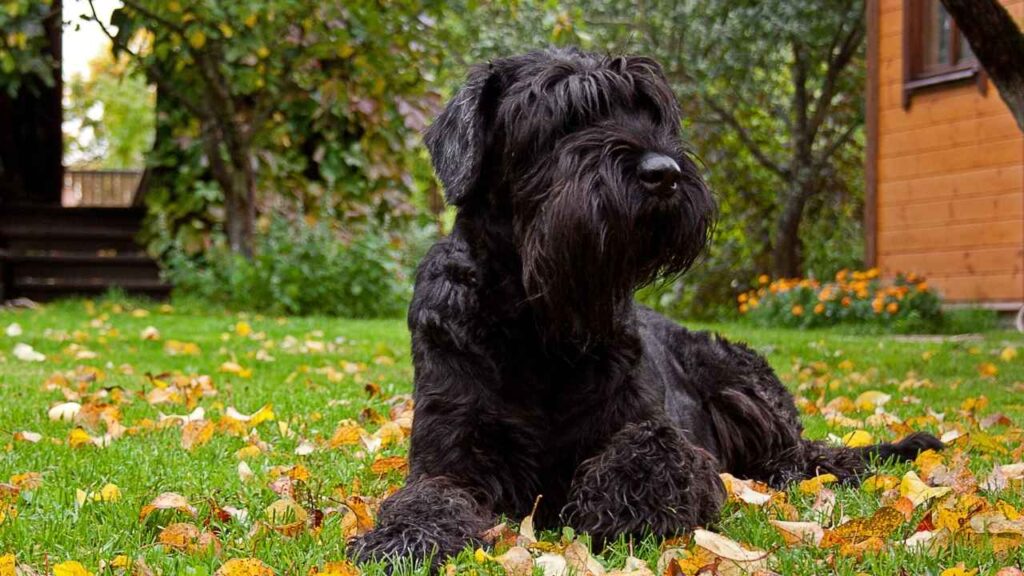
Their signature beard collects food and water, so daily cleaning is a must to avoid odor and infection. Regular ear checks and dental hygiene are also important. Owners should either commit to learning proper grooming techniques or plan for routine visits to a professional groomer.
Standard Poodles demand a high level of coat care due to their dense, curly hair. If kept in a full coat, daily brushing down to the skin is necessary to prevent painful matting, while most pet owners opt for a puppy cut or short trim, which still requires grooming every four to six weeks.
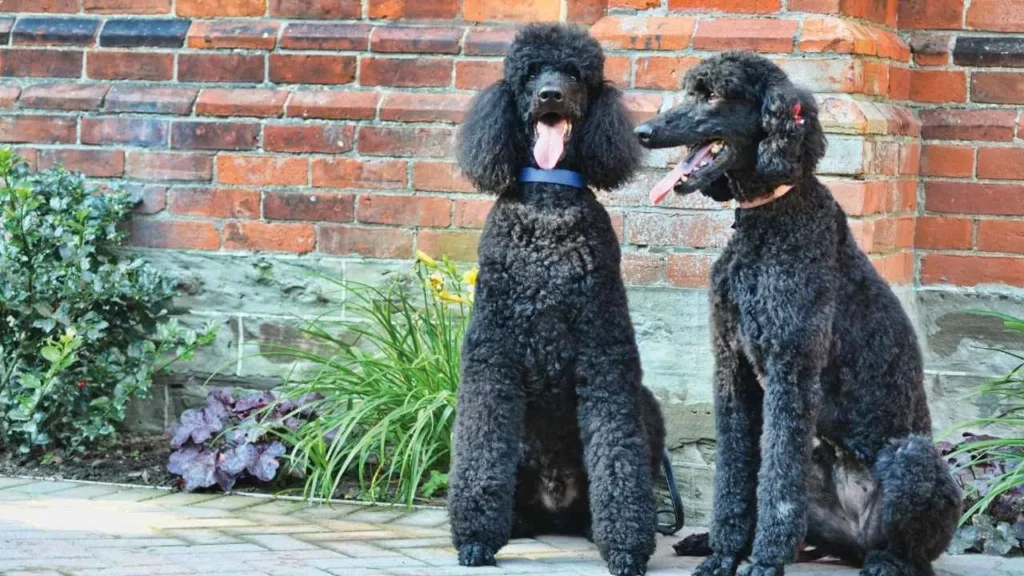
Their coat sheds very little, making them suitable for allergy sufferers, but the maintenance can be labor-intensive. Whether clipped at home or by a professional, consistent grooming is key to keeping a Poodle comfortable and tangle-free.
Conclusion
Choosing between the Giant Schnauzer and Standard Poodle comes down to lifestyle, experience, and what you’re looking for in a companion. Both are intelligent, loyal, and beautiful dogs, but their temperaments and care needs differ.
Poodle owners often praise their dog’s gentle nature, quick learning, and adaptability—especially if you’re seeking your first dog or a breed that fits into an active household. Meanwhile, Giant Schnauzers are best suited for experienced owners who can handle a protective, high-energy pup that thrives on purpose and structure.
Whether you’ve had two miniature schnauzers before, are considering a mini Poodle, or are thinking about adding a second dog to your home, it’s important to connect with a good breeder and consider your personal experience.
These two breeds are lovely dogs in their own right—watchful, affectionate, and loyal—and choosing the right dog means finding the best breed that fits your life. With the right match, you’ll find a companion who doesn’t just share your house but your heart.


